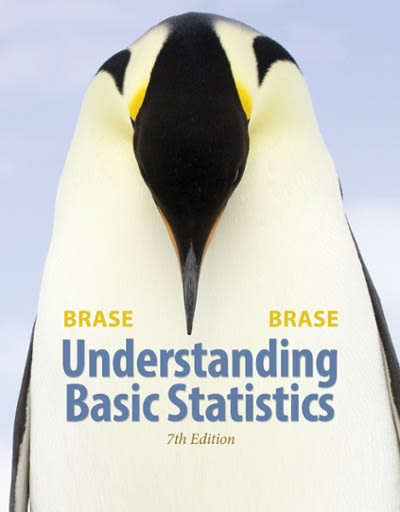Interpretation Histograms of random sample data are often used as an indication of the shape of the
Question:
Interpretation Histograms of random sample data are often used as an indication of the shape of the underlying population distribution. The histograms on the next page are based on random samples of size 30, 50, and 100 from the same population.
© Cengage Learning®
© Cengage Learning®
Copyright 2016 Cengage Learning. All Rights Reserved. May not be copied, scanned, or duplicated, in whole or in part. Due to
(a) Using the midpoint labels of the three histograms, what would you say about the estimated range of the population data from smallest to largest? Does the bulk of the data seem to be between 8 and 12 in all three histograms?
(b) The population distribution from which the samples were drawn is symmetric and mound-shaped, with the top of the mound at 10, 95% of the data between 8 and 12, and 99.7% of data between 7 and 13.
How well does each histogram refl ect these characteristics?
Step by Step Answer:

Understanding Basic Statistics
ISBN: 9781305548893
7th Edition
Authors: Charles Henry Brase, Corrinne Pellillo Brase





